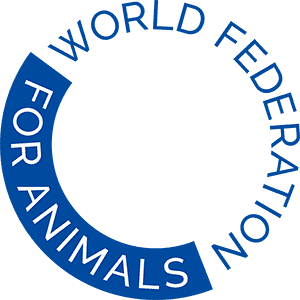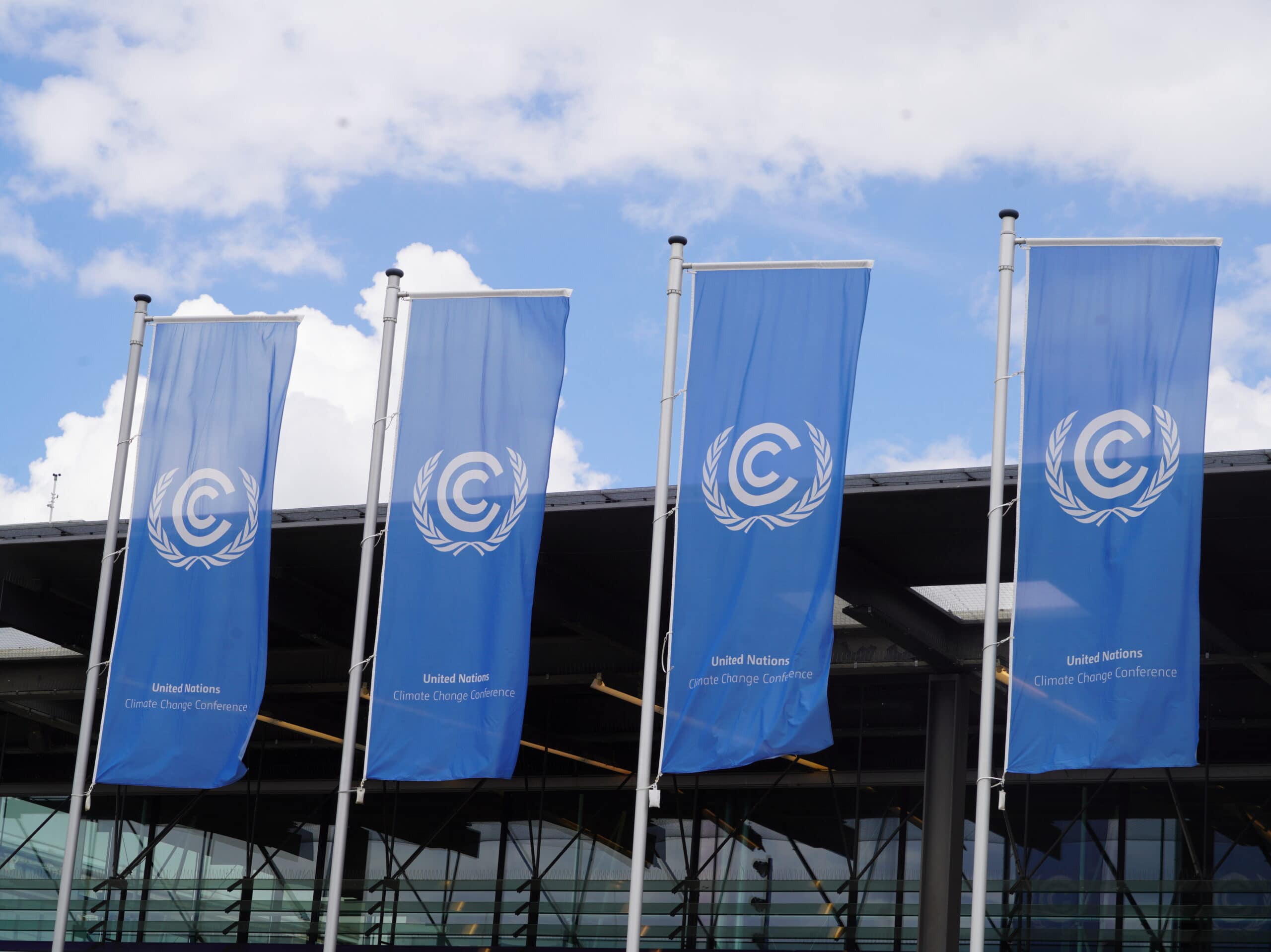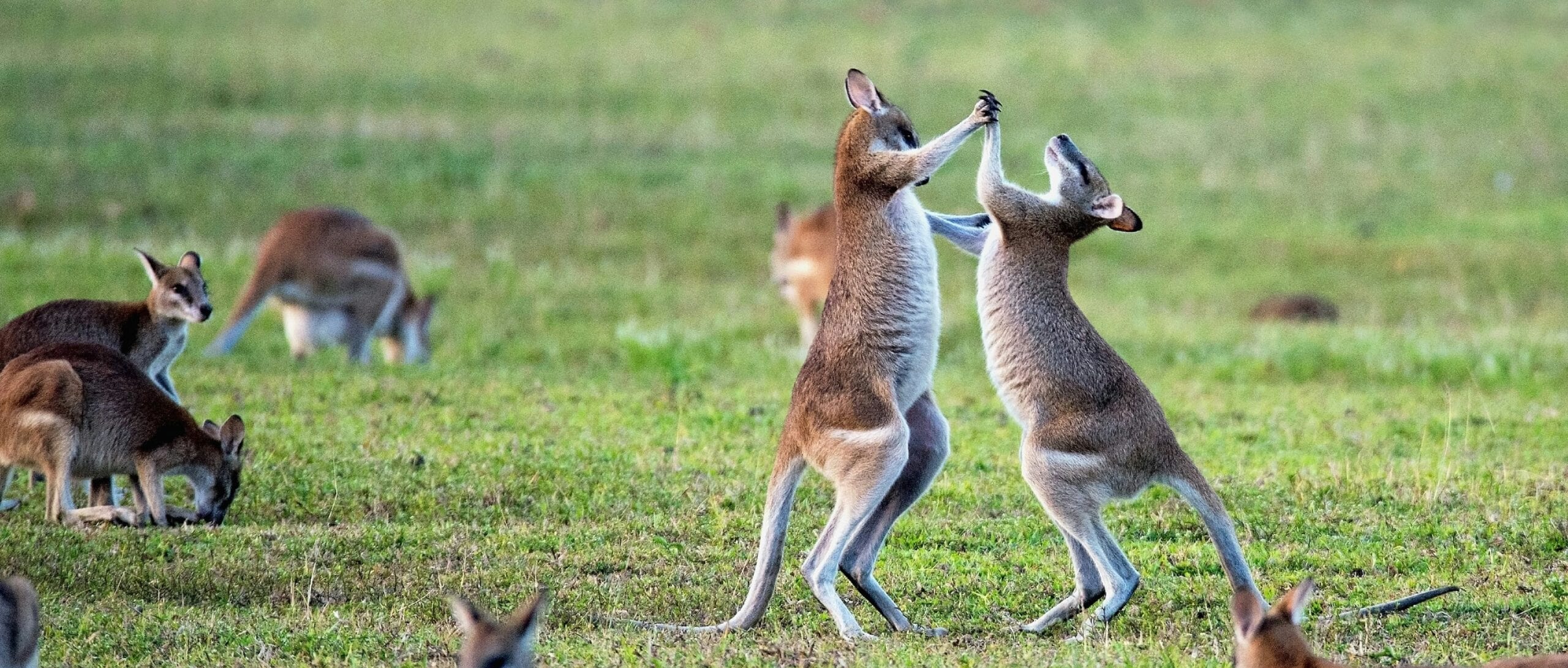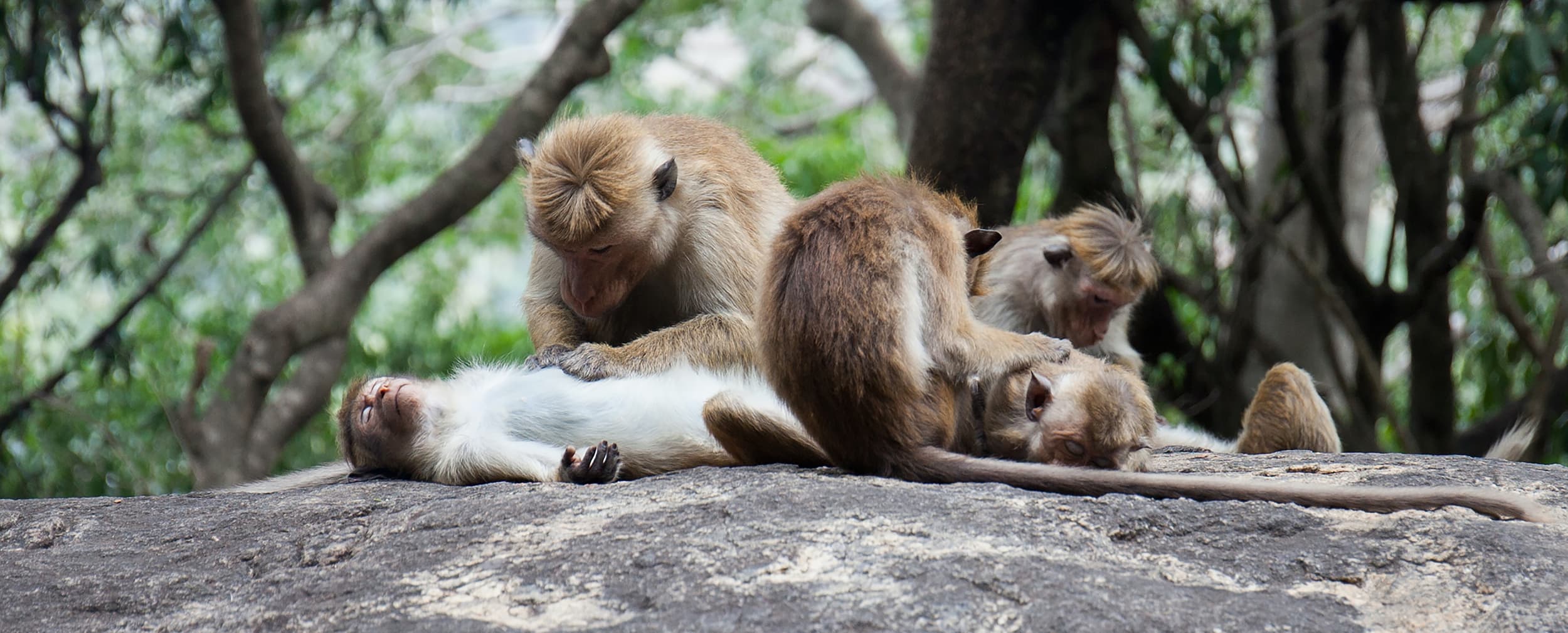In celebration of International Day for Biological Diversity, we are sharing an excerpt from our report “Unveiling the Nexus: The Interdependence of Animal Welfare, the Environment, and Sustainable Development“. This year’s theme looks to promote action in support of the Kunming-Montreal Global Biodiversity Framework: “From Agreement to Action: Build Back Biodiversity”. Animal Welfare is an essential lever to implement this Framework.
Biodiversity loss refers to the decline in the variety and number of living organisms in a particular habitat or on Earth. Globally monitored population sizes of mammals, fish, birds, reptiles, and amphibians have declined an average of 68 per cent between 1970 and 2016. These drastic species population reductions are an indicator of planetary health, revealing a broken relationship between humans and the natural world, as well as insufficient action to protect planetary health to date.
The loss of biodiversity poses a significant threat to sustainable development. It harms ecosystems and undermines their ability to provide vital goods and services, such as food and water security, a clean and healthy environment, and climate change mitigation, all essential for human well-being and development. Additionally, animals and ecosystems hold cultural significance, particularly for many Indigenous peoples. IPBES warns that current negative trends in biodiversity and ecosystems will undermine progress towards 80 per cent of the relevant targets in SDGs related to poverty, hunger, health, water, cities, climate, oceans, and land.
The nexus between animal welfare & biodiversity loss
In 2020, IPBES concluded that nature has been most negatively impacted by land-use change, closely “followed by the direct exploitation, in particular overexploitation of animals, plants and other organisms”. The report notes that unless action is taken to reduce the intensity of the drivers of biodiversity loss, approximately 25 per cent of animal and plant species will face extinction, with many at risk within decades.
Transforming food systems is key to preserve & restore biodiversity
Agriculture uses half of the world’s habitable land, with more than three-quarters of it utilised for grazing and cultivating crops for animal feed – animal farming accounts for 77 per cent of globally available farming land and about 40 per cent of global arable land. Agricultural expansion, driven largely by the need to sustain industrial systems of animal agriculture, is the primary cause of land-use change causing biodiversity loss.
The industrialisation of animal farming is further leading directly to biodiversity loss through the disappearance of local varieties and breeds of domesticated plants and animals. IPBES notes that by 2016, over 9 per cent of the domesticated breeds of mammals used for food and agriculture had become extinct, and at least 1,000 are threatened. Agricultural industrialisation for feed production leads to population declines in birds, insectivorous mammals, and insects, including through the recurrent use of chemical fertilisers and pesticides. In addition to these being important issues in themselves, they pose serious risks to global food security by undermining the basis for and resilience of many agricultural systems to threats such as pathogens and climate change.
Conversely, integrating and promoting animal welfare as an essential policy concern has the potential to significantly help preserve biodiversity and restore and regenerate the world’s ecosystems. The International Panel of Experts on Sustainable Food Systems highlights the need for a transition to agroecological systems that are integrated within ecosystems and their biodiversity, which they state is necessary and viable irrespective of whether the starting point is highly specialised industrial agriculture or forms of subsistence farming in developing countries. Major financial institutions, such as JPMorgan Chase, have also recognised the need for transformative change throughout the food system to avoid further massive depletion of forests and grassland, overuse of water, food-related health problems, and dangerous levels of climate change.
In this context, FAO recommends holistic approaches, such as agroecology, agroforestry, and conservation agriculture. The IPCC has also recognised the potential of these methods to reduce climate risk for food systems and enhance their sustainability. Done well, these approaches work in harmony with animals and their place within natural processes. They can support biodiversity and ecosystem services (such as pollination, temperature regulation, and carbon sequestration), positively impacting food security, nutrition, health and well-being, and livelihoods. UN organisations recognise systems of consumption and production that embrace concerns for animal welfare as effective for delivering on the biodiversity goals agreed upon in the 2030 Agenda and the recently adopted Kunming-Montreal Global Biodiversity Framework (GBF). For instance, transitioning to high animal welfare systems that primarily rely on animal feed grown in integrated crop-livestock farms would significantly reduce the impetus for land-use change. Together with a shift towards plant-rich diets, this could free up a significant portion of land for restoration. It would further be an invaluable strategy for achieving the GBF’s goal of protecting 30 per cent of land and water by 2030. Such a transition would also greatly reduce total agricultural climate emissions and restore natural carbon sequestration by forests and biodiverse grasslands.
Upholding wild animal welfare helps combat biodiversity loss
The exploitation of wild animals and their natural habitats is the second main driver of global biodiversity loss. IPBES and others have identified the trade of wild animals as a significant contributor to this loss, with its global worth estimated to be up to USD 220 billion per year, of which up to one-tenth is illegal. It is also linked to crime and security risks. A recent UN report on World Wildlife Crime highlights the links between illegal wildlife trade and professional criminal groups involved in other transnational offences. The report notes that the illicit proceeds from the wildlife trade can fuel conflict and instability. The exploitation and trade of wild animals also have indirect impacts, such as the spread of non-indigenous species through the exotic pet trade.
These effects can be avoided, or at least reduced, by protecting wild animals from the harmful effects of exploitation, trade and the destruction of their habitats. Where trade does occur, the introduction of animal welfare guidelines for wildlife trade and transport can lead to lower mortality rates, wildlife capture, risk factors for the emergence of zoonotic diseases, and scope for illegal trade, including its associated criminality and security risks.
Where animals and habitats have been exploited, rewilding is an increasingly pursued approach to enhance biodiversity, which aims to restore healthy ecosystems by reintroducing animals and creating wild and biodiverse spaces. The concept of rewilding runs counter to the exploitation of wildlife, in recognising the intrinsic value of wild animals and their contribution to the integrity and functioning of ecosystems, and relies on the core animal welfare principle of freedom to express natural patterns of behaviour. Rewilded ecosystems can also help mitigate climate change by increasing carbon removal from the atmosphere and protect against climate change impacts by reducing soil erosion and flood risk, for example. Rewilding can also create socio-economic opportunities for local communities (e.g. through ecotourism), reduce the effects of and costs associated with environmental hazards (such as flooding), and improve human health and well-being by improving access to nature.
Policy takeaways
Considering animal welfare and developing a culture of coexistence are essential for halting biodiversity loss and achieving sustainable development. They also reflect evolving attitudes towards animals and the significance of human-animal interactions.
- A reduction of animal products is necessary to preserve and restore biodiversity. For instance, a shift to plant-rich diets can significantly reduce land-use and help achieve the Kunming-Montreal Global Biodiversity Framework’s goals. Further, a move away from destructive behaviour patterns, such as commercial hunting and wildlife trade offers a pathway towards the 2050 Vision of Living in Harmony with Nature. Promoting rewilding efforts may be a way to restore healthy ecosystems and enrich biodiversity on which humans, animals, and the environment depend.
- Systems that support high animal welfare are good for biodiversity. Agroecological systems that are integrated within ecosystems work in harmony with animals and their place within natural processes. They can support biodiversity and ecosystem services (such as pollination, temperature regulation, and carbon sequestration), positively impacting food security, nutrition, health, and livelihoods. Transitioning to high animal welfare systems that primarily rely on animal feed grown in integrated crop-livestock farms or on materials people cannot eat would reduce the impetus for land-use change, thereby reducing negative impacts on biodiversity.





